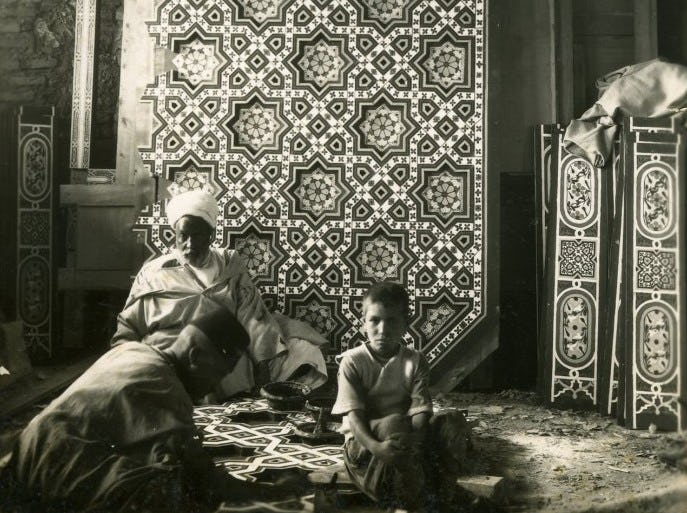Polychrome Embroidered Suzani with Floral Motifs
Date19th century
MediumCotton, silk threads
DimensionsOverall: 102 1/2 x 67 1/2 in. (260.4 x 171.5cm)
ClassificationsTextiles
Credit LineCourtesy of the Doris Duke Foundation for Islamic Art
Object number85.81
DescriptionThis hand-embroidered textile is known as a suzani, a type of embroidery that originated in urban centers of modern day Uzbekistan. The design is composed of large rows of rosettes, called lola (tulip), surrounded by swirling vegital designs. This style, with floral designs intertwined with meandering vines, and colors palette indicate that it was probably made in Bukhara or a nearby center in the late 1800s. Suzanis were an essential element of a young woman’s dowry, hand stitched by groups of women in preparation for marriage. Women took great pride in their embroidery skills, as their creations were displayed in their homes and at important occasions, such as weddings and funerals. Women of all social strata, both Muslim and Jewish, participated in the art of suzani-making.
Traditionally, these textiles were embroidered on strips of unbleached cotton called kasbah. This cloth was cut into strips and stitched together. A designated designer called a kalamkash outlined the larger elements of the design in ink. The highly respected role of kalamkash was usually filled by an older woman in the family or a professional draughts-women who would pass her skills along to her daughter. After the kalamash drew the design, the strips of cloth were separated, embroidered by several women at a time, and stitched together again. The smaller details of the design were incorporated by the individual embroiderers.
On View
On view19th - 20th century
20th century
19th - 20th century
19th - 20th century
19th century
19th - 20th century
19th - 20th century


















